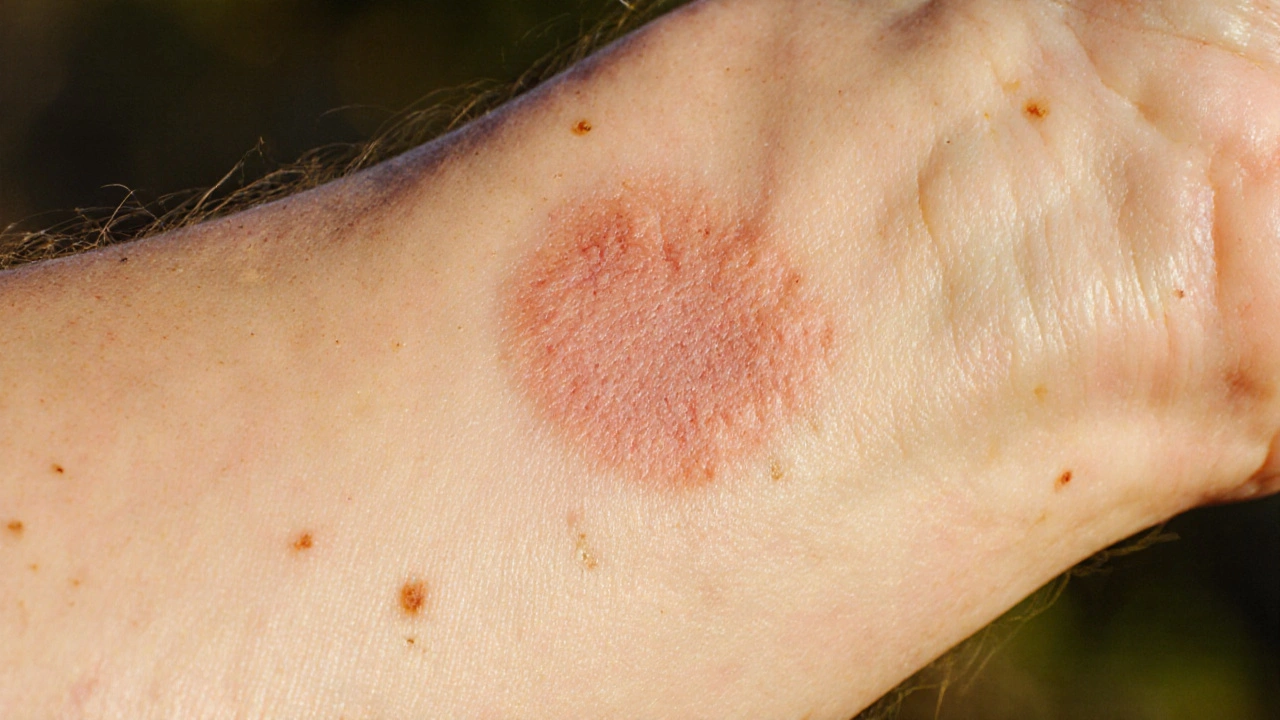Sun Protection: How to Shield Your Skin Effectively
When it comes to Sun Protection, the collection of methods and products that guard skin from harmful ultraviolet rays, most people think only of lotion. In reality, UV radiation, the invisible light from the sun that damages DNA and accelerates aging drives everything from sunburn to skin cancer. The first line of defense is sunscreen, a topical formulation that either absorbs or reflects UV photons. Its effectiveness is measured by SPF, the Sun Protection Factor that indicates how long you can stay in the sun before burning compared to unprotected skin. Together, these three entities form the core of any sun‑smart routine, and they influence everything else you’ll consider, from clothing choices to the time of day you head outdoors.
Key Elements of Effective Sun Protection
Sun protection isn’t a one‑size‑fits‑all habit; it’s a set of decisions that work together. First, pick a broad‑spectrum sunscreen that blocks both UVA (aging) and UVB (burning) rays. Look for SPF 30 or higher; the math is simple: SPF 30 filters out about 97% of UVB, while SPF 50 bumps it up to roughly 98%. Apply a generous layer 15 minutes before stepping outside, and reapply every two hours—or sooner if you’re swimming or sweating. Next, think about what you wear. Long‑sleeved shirts, wide‑brimmed hats, and sunglasses with UV‑400 lenses act as physical barriers, reducing the amount of UV that reaches your skin. These items are especially useful during peak hours (10 am‑4 pm) when the sun’s rays are strongest.
Beyond products, timing matters. Even the best sunscreen can’t fully compensate for excessive exposure during midday. If you can, schedule outdoor activities for early morning or late afternoon, and seek shade whenever possible. Shade structures, umbrellas, and even standing under a tree can cut UV exposure dramatically. Hydration also plays a subtle role; well‑hydrated skin repairs itself more efficiently after minor UV damage. Finally, keep an eye on the UV index forecast in your area. A high index (8‑10) signals you need to double down on protection, while a moderate index (3‑5) still warrants sunscreen and protective clothing.
Understanding how these pieces fit together helps you build a personalized plan that matches your lifestyle. Below you’ll find a curated selection of articles that dive deeper into each aspect: choosing the right sunscreen, decoding SPF numbers, layering protection with clothing, and even the science behind how UV radiation harms skin. With this foundation, you’ll be ready to make informed choices and stay safe under the sun.

